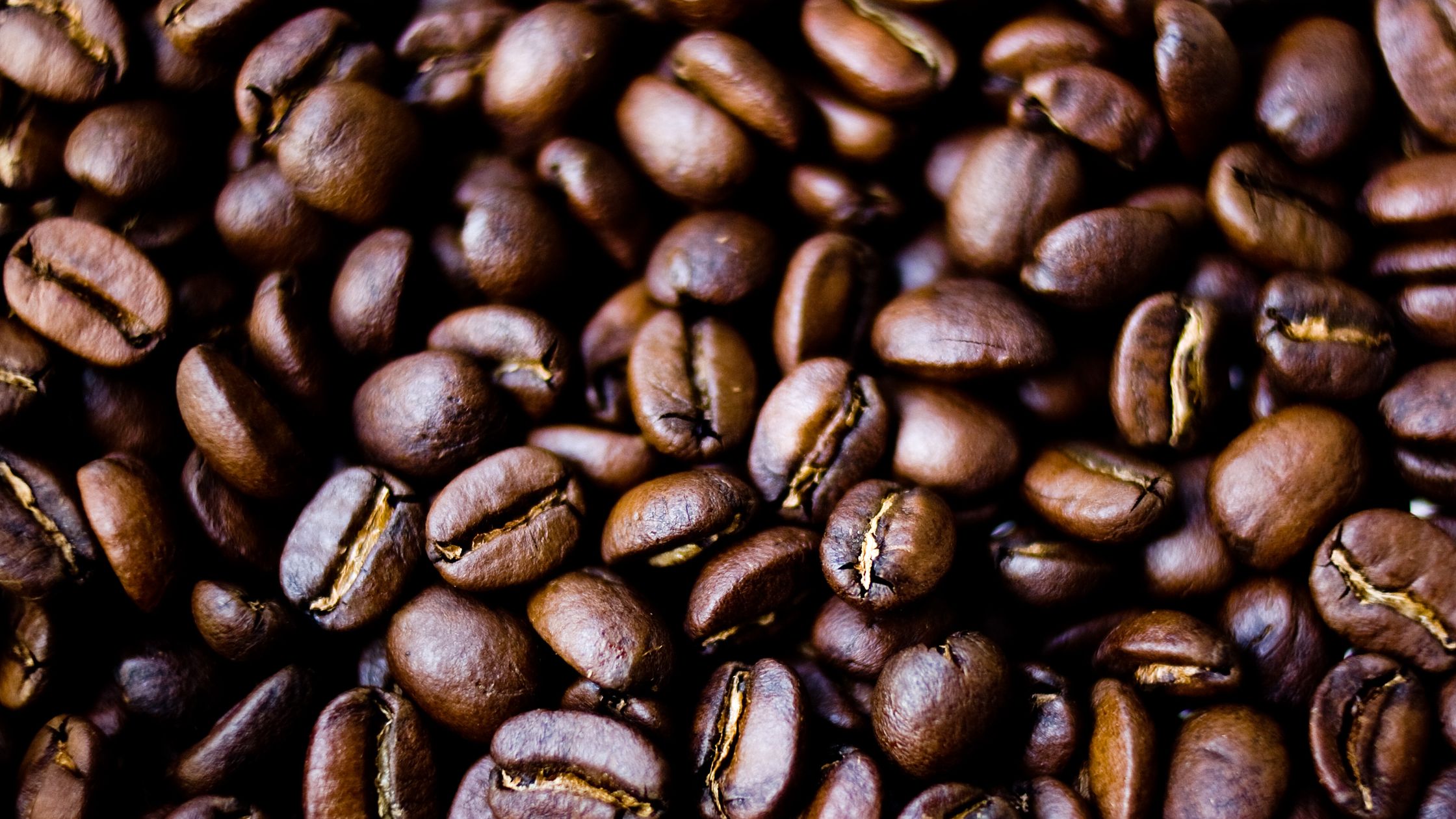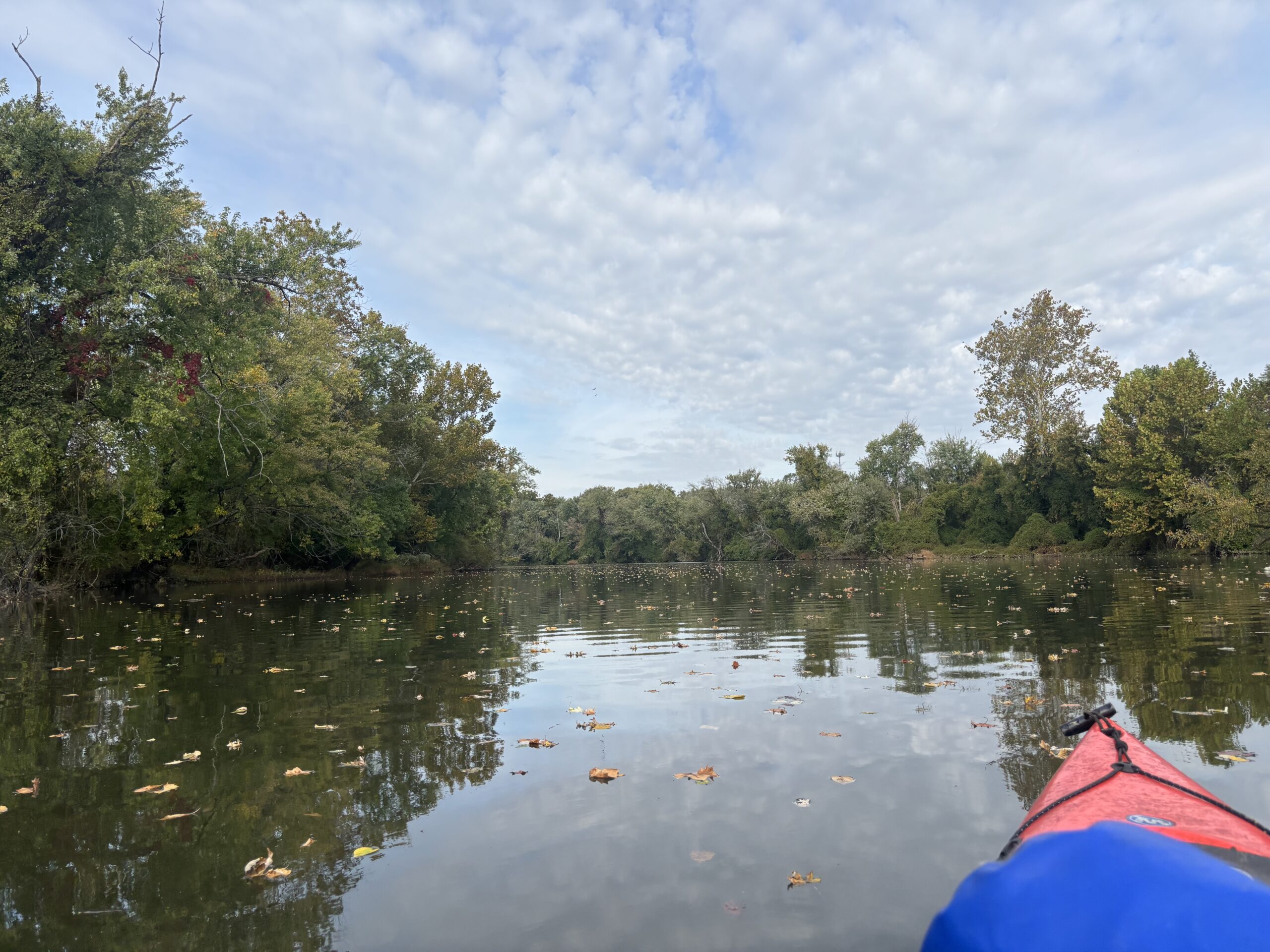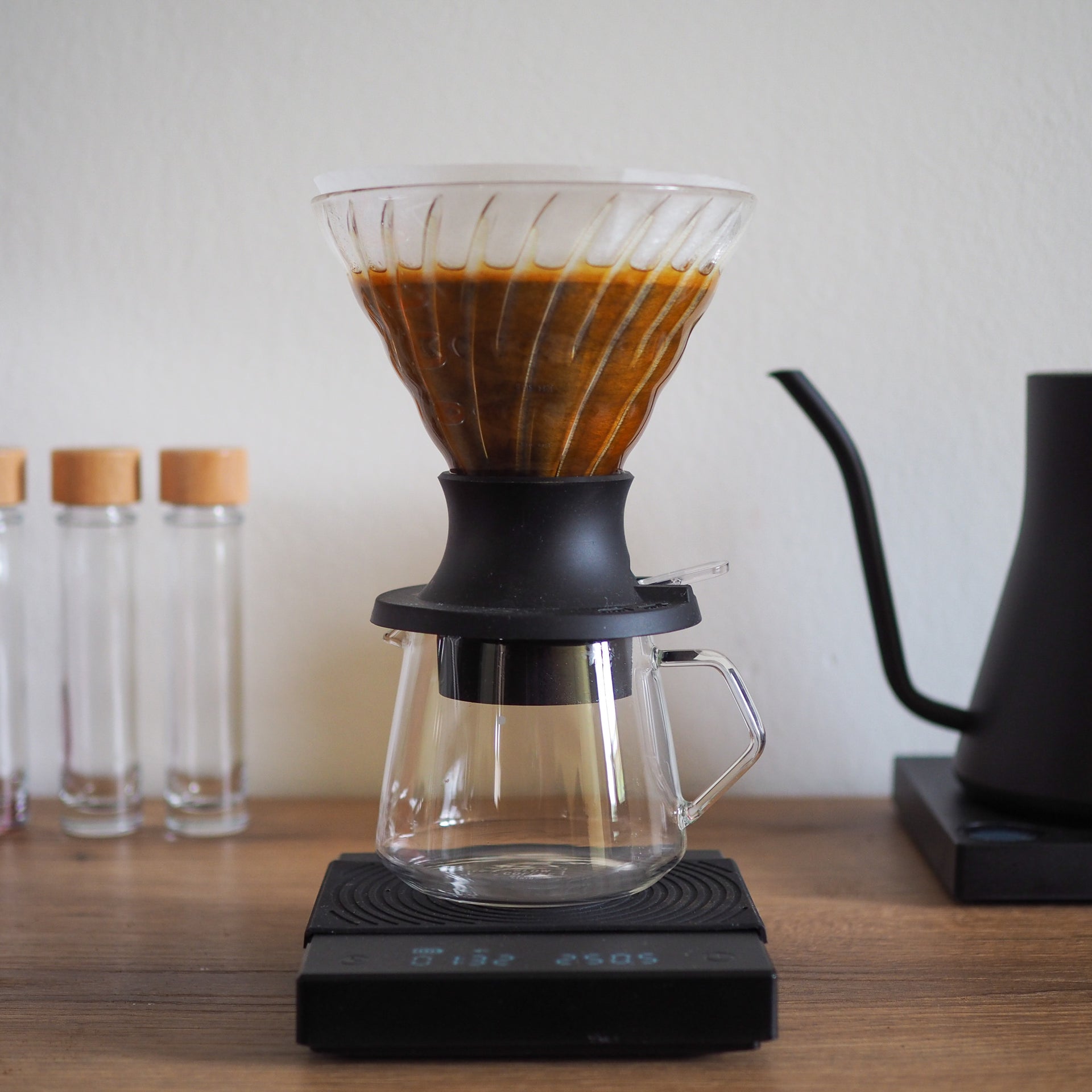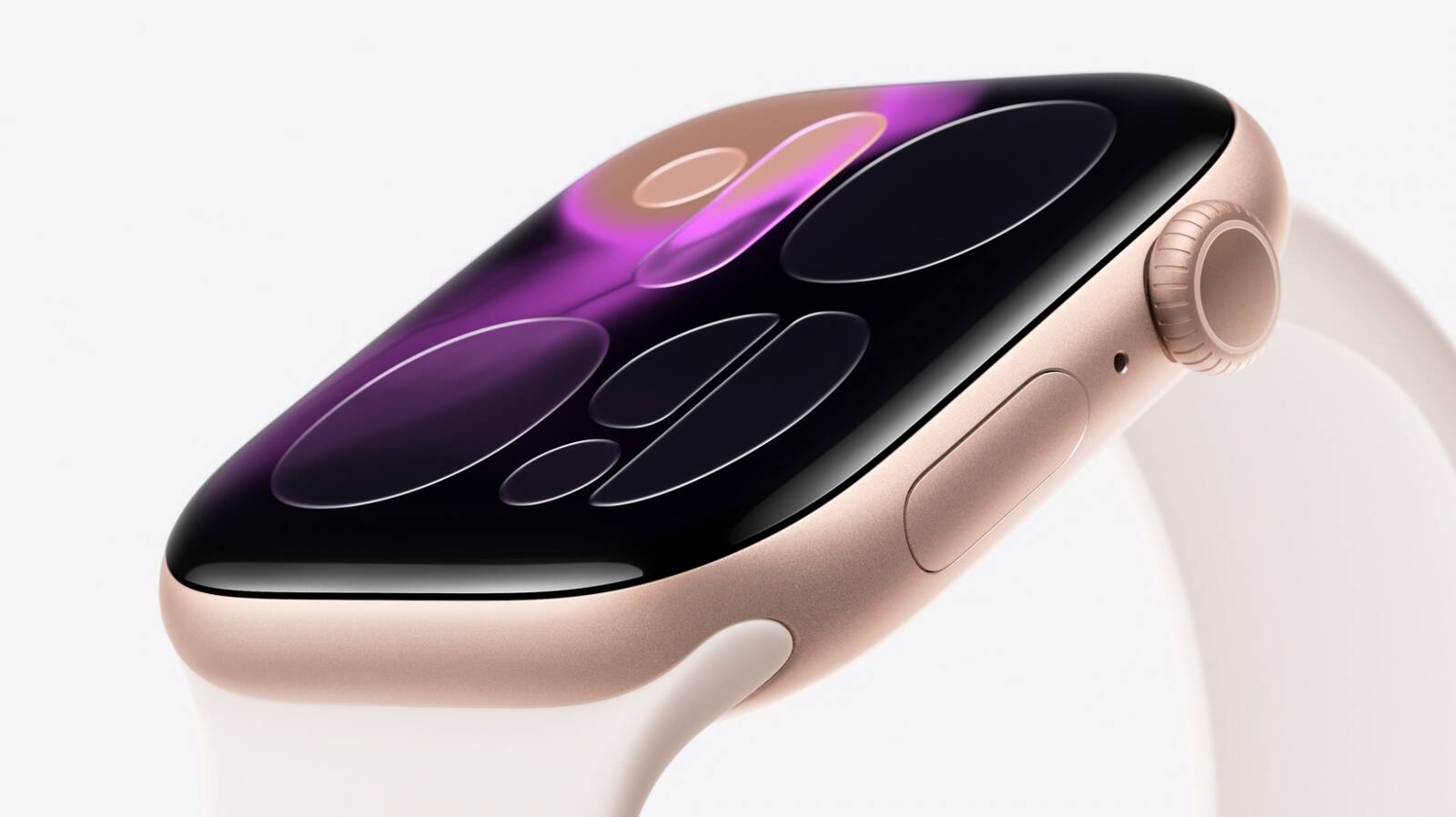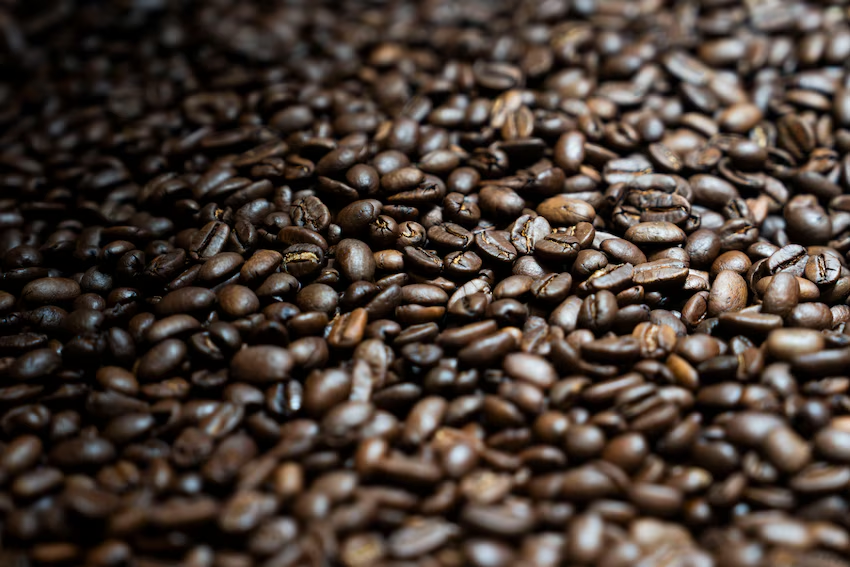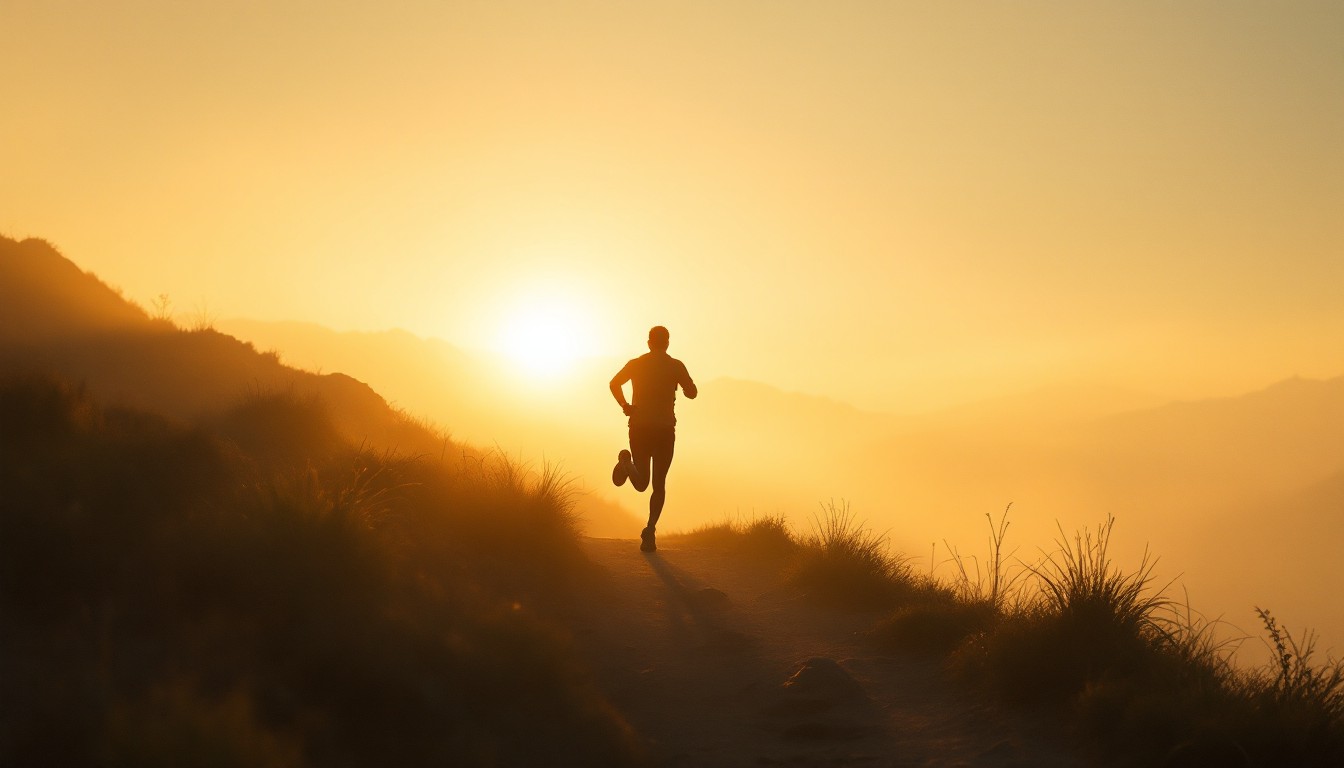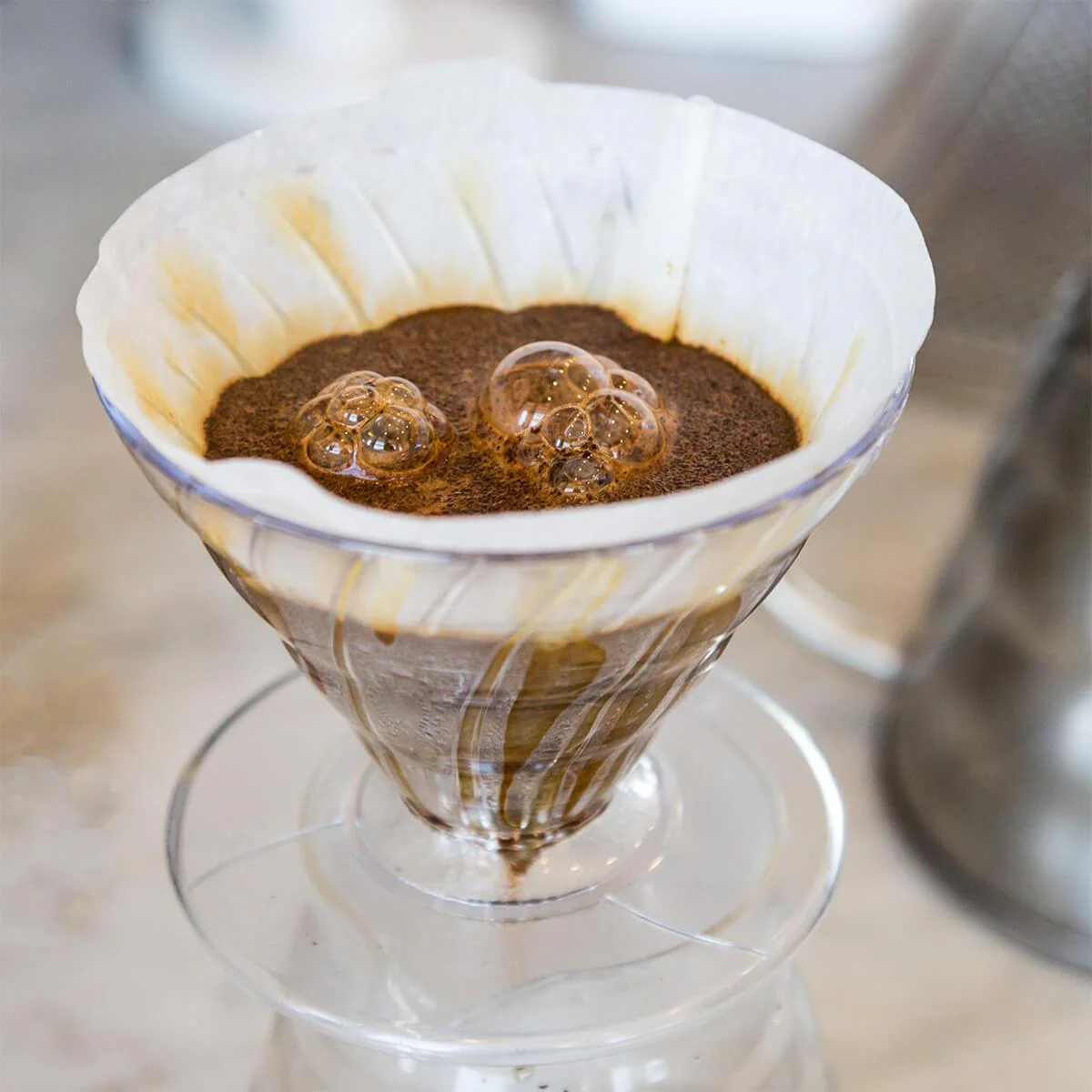- Beans: Ethiopian Yirgacheffe Worka Sakaro – Natural Processed
- Roaster: Gracefully Coffee Roasters (Baltimore, MD)
- Origin: Worka Sakaro, Gedeb District, Yirgacheffe, Ethiopia
- Roast level: Light
- Roast date: 10/2/2025
- Purchase date: 10/7/2025 from Gracefully curbside café
First cup: 10/16/2025; Last cup: 10/27/2025 - Milling process: natural; Drying process: sun dried, raised beds; Elevation: 2000 MASL; Varietal: Ethiopian Heirloom
- Tasting notes: Peach syrup, pineapple, blueberry
- Switch with Ode grinder (1 cup):
- 21g coffee / 300g water (1:14.3)
- Ode: 2
- Water at 100°C
- Single Cup V60 Pourover with 50-60g bloom and 60g pulses – keep drain closed until end of bloom – Finishes around 03:15-3:20
I’m brewing this exactly the same way as Gracefully Ethiopia Sidamo Durato Bombe, except at a slightly lower ratio (21g/300g vs 22g/300g). To me, the two taste very similar, which didn’t really surprise me, although it’s been a few months since I’ve had the Sidamo Durato. Neither struck me as particularly fruit-forward, in spite of the stated tasting notes. I started these out at 22g/300g, but it seemed a little too overpowering at that ratio. I brewed the first 2 or 3 cups in the size 2 V60 before trying the Switch. I’m not sure I could tell in a blind taste test, but I believe that I prefer the Switch cups, so I’m sticking with that for now. I’ll also be brewing a couple of AeroPress cups this week, so it’ll be interesting to see how they turn out.
10/24: I brewed two AeroPress cups this past week using my usual recipe, one cup with sub-boiling water from a drip coffee machine, and another using boiling water from a microwave. The latter was better, but neither was anything to write home about — I’m sure I could tweak things one way or another to get better cups, but I suspect that as with a lot of other top-shelf light roast coffees, I’m probably better off sticking with pour-over. This afternoon, I went back to brewing with the Switch, and it was quite good. It seems like more of the fruity/acidic flavors are starting to come out as the beans age — they are right around 3 weeks past roast date now.
